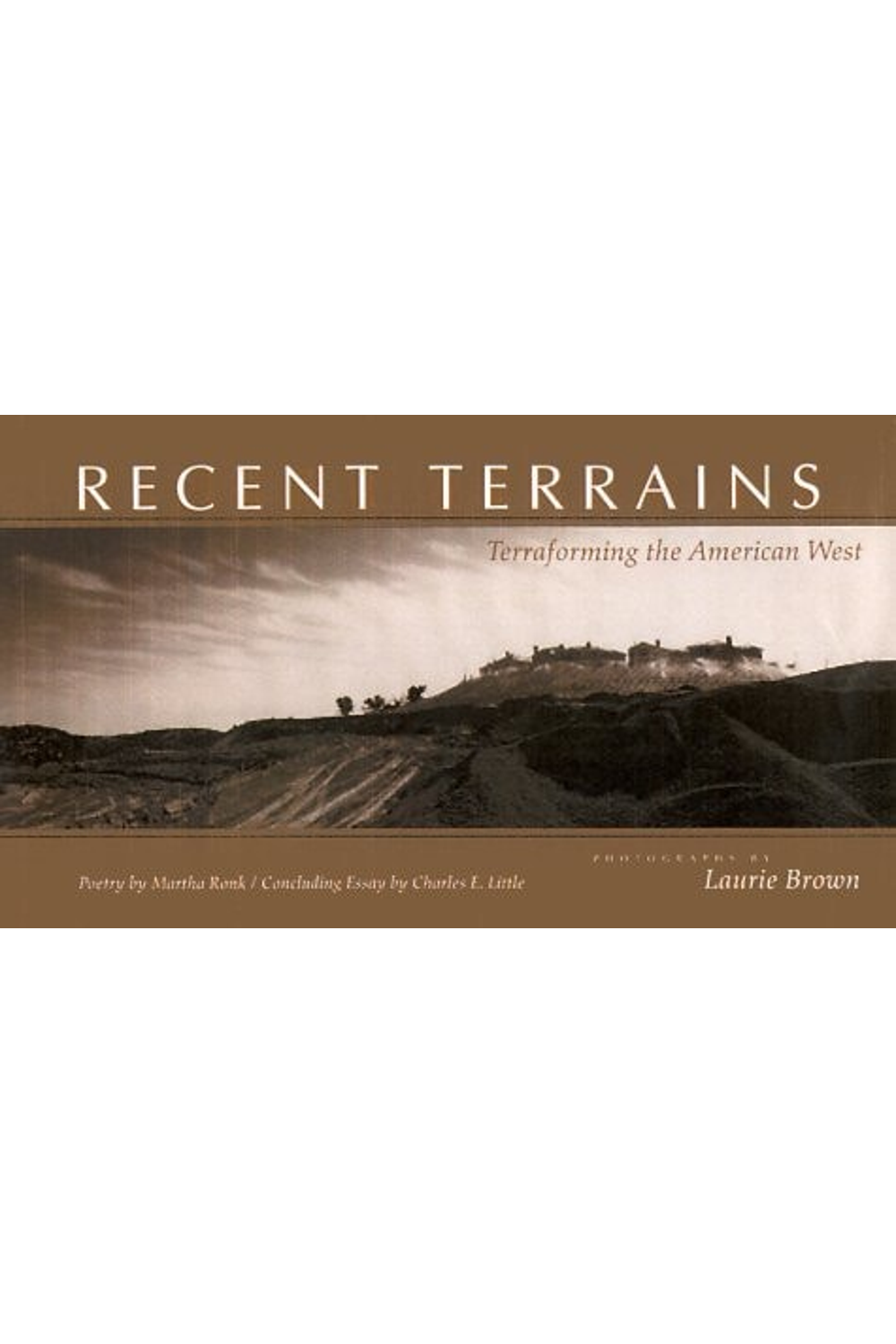**Recent Terrains: A Photographic Requiem for the American West’s Transformation** Laurie Brown’s “Recent Terrains: Terraforming the American West” isn’t just a book of photographs; it’s a visual elegy for a landscape irrevocably altered. Through sixty stark, black-and-white panoramic images, Brown captures the aggressive march of development across Southern California’s once-pristine spaces during the late 20th century. More than a documentary, this book evokes the spirit of the frontier and its collision with a culture of endless consumption. Brown’s lens doesn’t judge; it observes. We see the leveled earth, the surveyor’s precise lines, the skeletal frames of identical houses rising from the dust. The echoes of Kim Stanley Robinson’s terraforming concept are undeniable, yet the science fiction future is happening now, on our own planet. The photographs, influenced by space imagery’s distant perspective, lend an alien quality to the familiar, urging us to reconsider our relationship with the land. The poems by Martha Ronk, prefacing each section, act as lyrical counterpoints to Brown’s visual austerity. Charles E. Little’s concluding essay provides a vital contextual frame, solidifying the book’s position as a significant commentary on environmental change and the cultural forces shaping the modern American West. This paperback edition offers an affordable entry point into a powerful body of work that resonates far beyond its specific time and place. It is a must have for those interested in art, photography, the american west, and urban and suburban development.
Recent Terrains: Terraforming the American West (Creating the North American Landscape)
23,17 $
In stock
In this book of sixty black-and-white panoramas, photographer Laurie Brown documents the changing landscape along the western edge of Southern California. These stark, compelling images reveal a world scraped and reshaped by construction equipmentboulders pushed aside, stretches of earth flattened and then measured with surveyor sticks. High-tech housing developments rise in these places, lines of identical homes that simultaneously offer a pleasing vision of order and a numbing prospect of sterile conformity. Recent Terrains: Terraforming the American West is a thoughtful sequence of photographs that consider how the planet’s surface has been transformed to meet the needs of our consumer society.
The term terraforming originated in Kim Stanley Robinson’s science fiction trilogy about the colonization of Mars, in which that planet is reshaped for human settlers. The panoramic format of Brown’s photographs is partly inspired by space photographywith their long and low perspectives of the horizon, these photos give us views of our own planet as it might be seen by the Mars explorer. But if many of the images look like alien landscapes, they reveal a familiar shift in American geography: the wild, agricultural terrain of our early frontier gives way to densely built suburban communities.
Brown’s photographs are neutral about what they record, dramatizing some of the tensions and dualities that comprise our society’s complex relationship to nature. She shows the invasion of unspoiled territory by the high-tech developments we so often label with the pejorative term suburban sprawl. At the same time, however, she uncovers surreal stillness and beauty in the built environment, searching for a postindustrial idea of the sublime.
Taken during the last decade of the twentieth century, these photographs serve as an archive of change at a specific place on the coastal edge of California at the turn of the millennium. But these images have larger relevance for all of us, exploring our ideas about what constitutes a home and what defines our sense of community.
The book is divided into three sections, each prefaced by a poem by Los Angeles poet Martha Ronk; it concludes with an essay by renowned writer and conservationist Charles E. Little. Recent Terrains is a major photographic worka thoughtful, serious book of time and place.
| Authors | |
|---|---|
| Binding | |
| Condition | |
| ISBN-10 | 0801864003 |
| ISBN-13 | 9780801864001 |
| Language | |
| Pages | 112 |
| Publisher | |
| Year published | |
| Weight | 530 |
| Dewey decimal | 779/.367949 |
Related products
Western America
20,04 $
- Additional information
- Currencies
- USD – United States dollar
- EUR – Euro
- GBP – Pound sterling
- CNY – Chinese yuan
- BRL – Brazilian real
- MXN – Mexican peso
- JPY – Japanese yen
- PHP – Philippine peso
- THB – Thai baht
- PLN – Polish złoty
- CAD – Canadian dollar
- MYR – Malaysian ringgit
- AUD – Australian dollar
- TWD – New Taiwan dollar
- CZK – Czech koruna
- SEK – Swedish krona
- HUF – Hungarian forint
- ILS – Israeli new shekel
- CHF – Swiss franc
- HKD – Hong Kong dollar
- DKK – Danish krone
- SGD – Singapore dollar
- NOK – Norwegian krone
- NZD – New Zealand dollar


